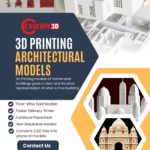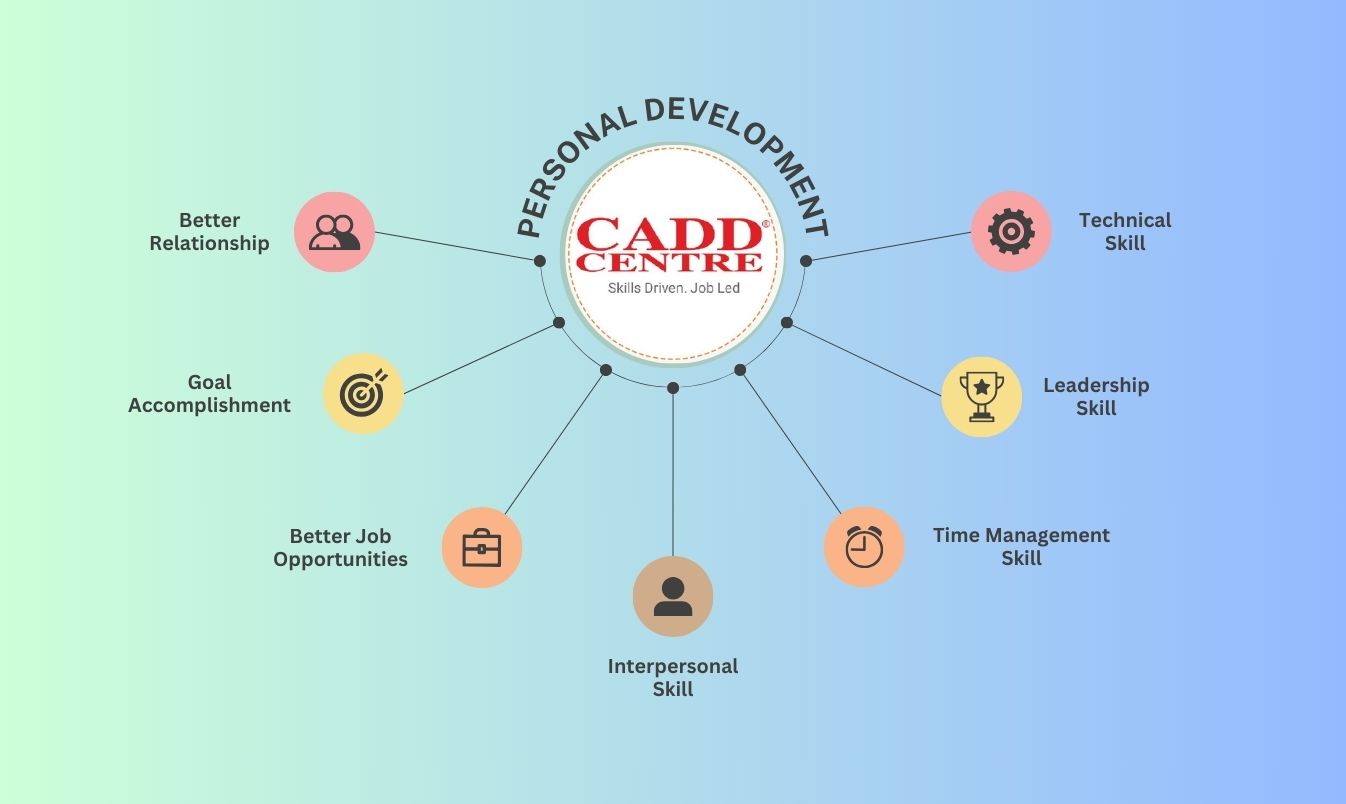Details of Course, Time Peroid and contents
Duration: 240 hours
Software Cover: Proficient in AutoCAD + Proficient in Revit Architecture + Proficient in Civil 3D
Main Contents: Design and Object-Oriented Modeling
Analysis and simulation of building performance, energy consumption
Analysis and simulation of lighting, acoustics, and thermal comfort
Lifecycle management – from design to construction
A career in Building Information Modeling (BIM) technology offers diverse opportunities across the architecture, engineering, and construction (AEC) industries. BIM professionals are essential in managing and utilizing digital models to improve the design, construction, and operation of buildings and infrastructure. Here’s a detailed look at various career paths and roles in BIM technology:
Building Information Modelling (BIM) is a process involving the generation and management of digital representations of physical and functional characteristics of places. A BIM course typically covers various aspects of this process, such as:
- Introduction to BIM:
- Understanding the basics and importance of BIM.
- Key terminology and concepts.
- Overview of the BIM process and lifecycle.
- Software and Tools:
- Training on popular BIM software like Autodesk Revit, ArchiCAD, Navisworks, etc.
- Practical sessions on how to use these tools for creating and managing BIM models.
- BIM Standards and Protocols:
- Learning about national and international BIM standards.
- Understanding BIM protocols, guidelines, and best practices.
- Project Collaboration and Management:
- Techniques for effective collaboration among different stakeholders.
- BIM roles and responsibilities.
- Using BIM for project management and coordination.
- 3D Modelling and Visualization:
- Creating detailed 3D models.
- Visualizing construction processes and phases.
- Generating 2D drawings and documentation from 3D models.
- Data Management and Analysis:
- Managing data within a BIM model.
- Performing analyses such as clash detection, quantity takeoff, and cost estimation.
- Case Studies and Real-world Applications:
- Reviewing case studies to understand the application of BIM in real projects.
- Guest lectures and insights from industry professionals.
- Advanced BIM Applications:
- Exploring advanced topics like 4D scheduling (time), 5D cost estimation, and 6D sustainability analysis.
- Integrating BIM with other technologies like GIS, VR/AR, and IoT.
- Legal and Contractual Issues:
- Understanding the legal implications of using BIM.
- BIM-related contracts and intellectual property rights.
- Future Trends in BIM:
- Discussing the future of BIM in the construction industry.
Exploring emerging technologies and innovations in BIM
Get in Touch
Address:Plot No.10, Above Burger King Restaurant, Near Metro Station, Sector-5 Rajendra Nagar Sahibabad, Ghaziabad, Uttar Pradesh 201005
Phone: +91-8595828647 , 9718824848
About Us
We are associted with CADD CENTRE , a trusted institution, enriching the careers of over 2.5 million learners worldwide technical courses . CADD CENTRE Training Services having training experience of 30 year in the field of AutoCAD(2D&3D) , Revit Architecture ,3ds Max , SoildWorks, CATIA, Ansys, Creo, STADD.PRO, C, C++, Pyhton, JAVA, Robotics Design , SketchUP, NX CAD etc.
Recent Posts
-
🌟 Start Your Journey in Design and Analysis with CADD RNC! 🌟
Are you ready to boost your engineering…










